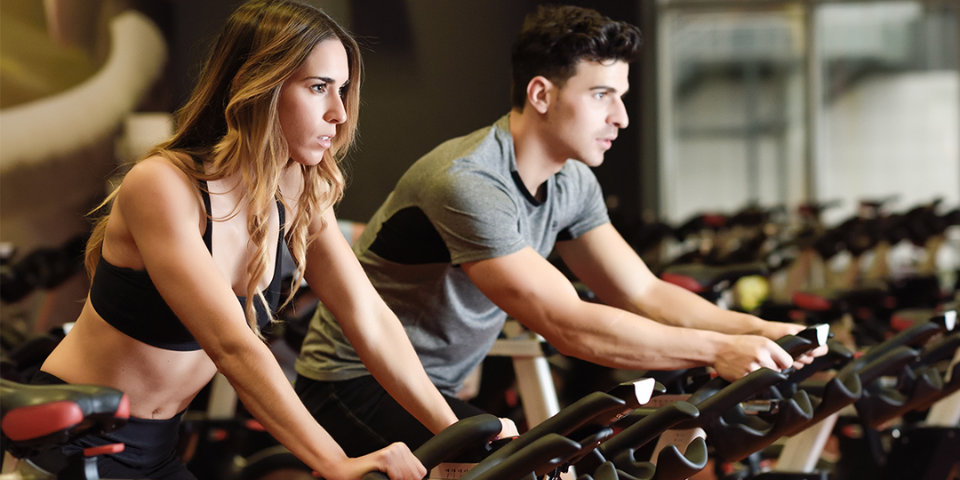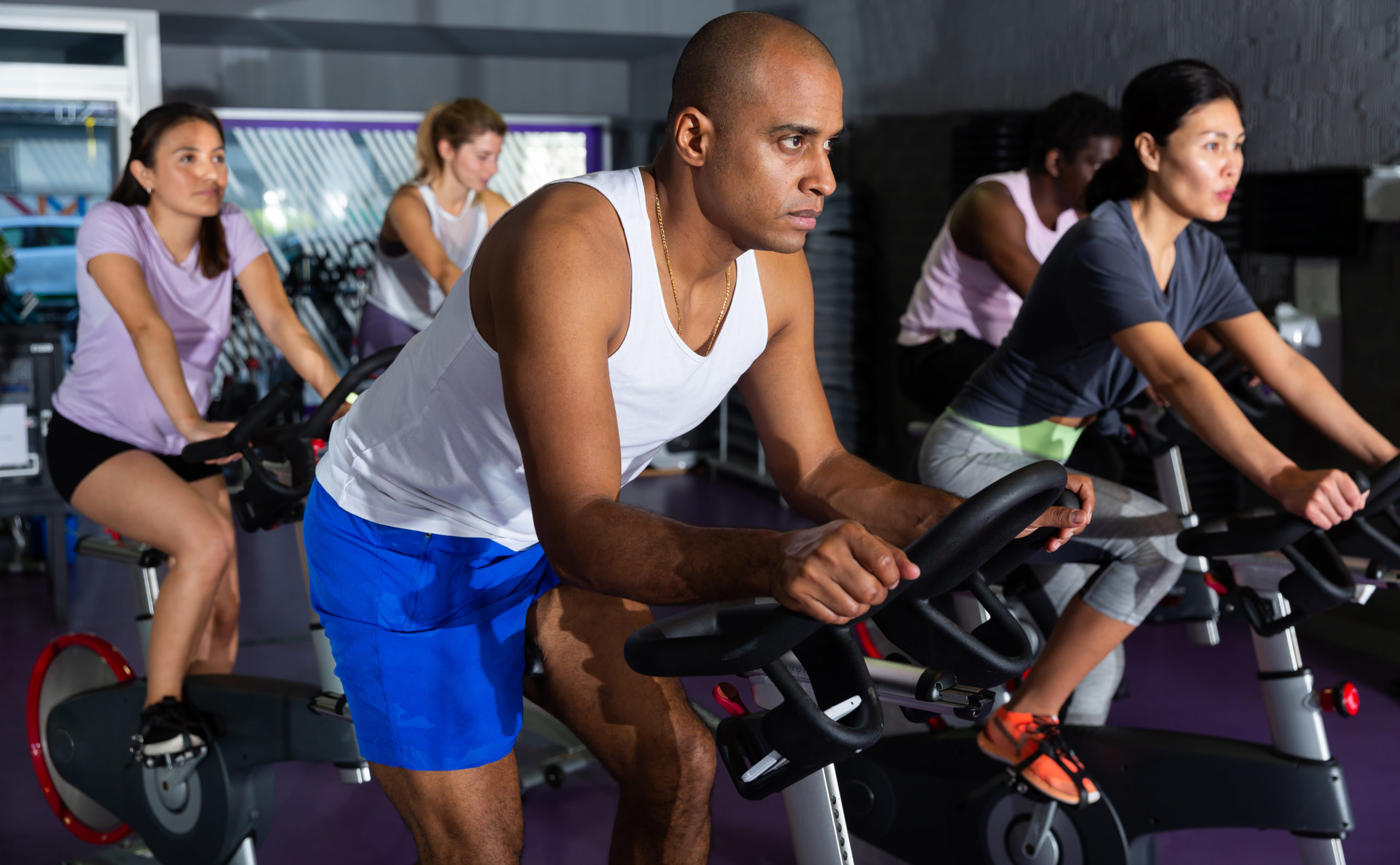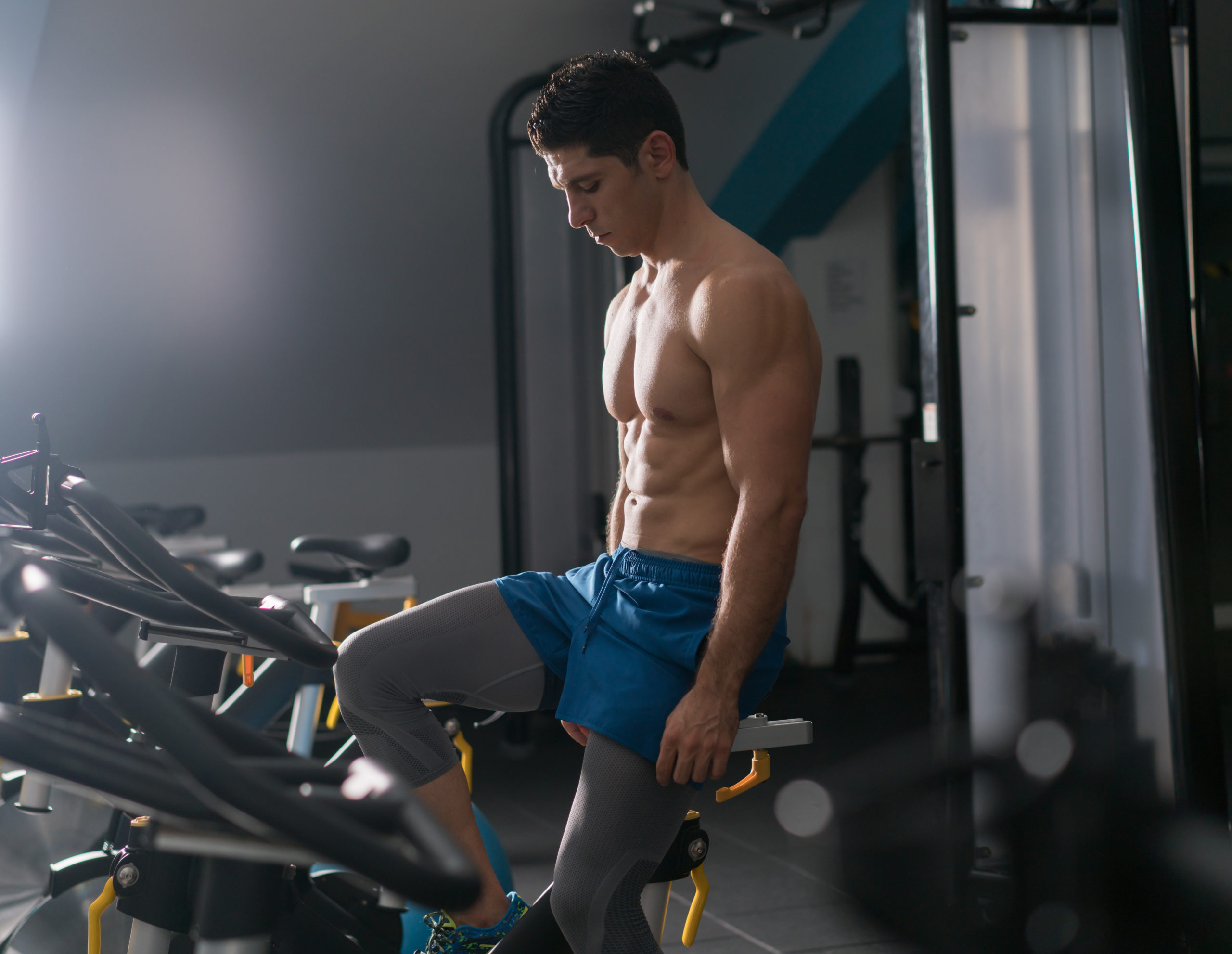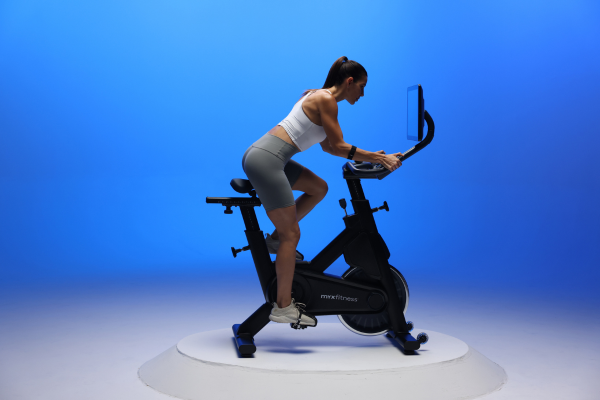Should You Engage Your Core While Cycling?

Squeeze your abs. Brace for a gut punch. Belly button to spine!
During most exercise classes, you’re bound to hear at least one of these verbal cues for how to engage your core.
And with good reason — engaging your core during physical activity may help prevent injury and improve your athletic performance.
In some workouts, that means actively bracing, squeezing, or stiffening your core muscles. But that’s not the case when you’re on the bike.
How to Engage Your Core When Cycling
Short answer: You shouldn’t actively try to tighten your core muscles while riding.
The reason has to do with core anatomy. Besides the rectus abdominis, the core includes the obliques, pelvic floor, diaphragm, and some back muscles.
When you’re riding a bike and bent over at the waist, the core muscles in your lower back become naturally engaged in order to maintain your balance, explains Garret Seacat, CSCS, head coach of Absolute Endurance.
The rest of your core should remain neutral; when you actively try to tighten your abs, it can create an imbalance that puts extra stress on your lower back and actually hampers your performance.
“Riding your bike, while hard and taxing, is not a true full-body exercise, and you shouldn’t try to make it into one,” Seacat adds. “By trying to activate and use muscles that are not necessary during riding, you can create a negative experience on the bike and can make other muscles work even harder to keep you moving.”
How to Tell If You’re Engaging Your Core Properly
Your core should be almost “unnoticeable” if you maintain good form (e.g. a flat back) and your bike is properly fit and set up to your specifications, Seacat says.
But if you have generally poor posture or if your upper body becomes fatigued while riding, “you may need to consciously activate your lower back to help get your back straight,” Seacat adds.
Luckily, the trainer-led bike workouts on the BODi Bike include reminders (and motivation!) to maintain good form throughout the ride.
Will Cycling Give Me Abs?
On its own, cycling is unlikely to produce six-pack abs. As mentioned above, riding a bike is not a full-body exercise or a targeted core workout.
If sculpted abs are part of your fitness goals, it’s best to add strength training that specifically targets the rectus abdominis and the rest of the muscles of your core.
You’ll also need to prioritize healthy eating and a regular workout routine to help promote overall fat loss.
That being said, cycling is a great way to burn calories and potentially lose the excess fat that’s covering up your perfectly defined washboard abs.
But keep in mind that losing weight takes time and spot reduction (slimming down in one specific area of the body) is impossible.
4 Tips for Proper Cycling Form
Riding with proper form can help to ensure your core is engaged correctly. Here are a few tips for a comfortable and efficient ride.
1. Get the right fit
Work with a bike expert or cycling instructor to make sure your bike is the right size and adjusted according to your unique specifications.
If you’re taking an indoor cycling class, the general rule is to raise your seat to the level of your hips when standing.
You should be able to reach the handlebars without shrugging your shoulders or experiencing any pain in your lower back.
The handlebars and the seat of the BODi Bike move both up and down and forward and backward to ensure the perfect fit for your body.
2. Relax your upper body
Allow your elbows to bend slightly and point down toward the ground, and the rest of your upper body will also relax.
“If you notice your elbows are locked out and straight, you are not relaxed,” Seacat says. “You will also notice an improvement in ride quality, as you’re giving your bike natural shock absorbers with your slightly bent elbows.”
3. Check your posture
Feel like you’re constantly hunching or bending your back? Seacat recommends rotating your pelvis forward in order to bring your torso forward.
“You may notice your old saddle is not as comfortable as before now that you are properly seated,” he says.
4. Level your hips
Your hips shouldn’t shift or move from side to side when you pedal. Your weight should be equally distributed between your sitting bones at all times.
If each pedal stroke (or pedaling on just one side) causes you to move around in the saddle, you may need to adjust your seat.
If your seat is where it should be, try stretching and mobilizing your hips before hopping on the bike.








